There’s a crop of active individuals who are trying to change the face of local farming. Contradictory to what many ads suggest, they don’t come as weathered old men, wearing a thin cotton shirt and buri hat, tilling the fields with their trusty carabaos.
This fellowship is pretty young—borderline millennials, to be exact. Enzo Pinga of Earthbeat Farms is 27, Raphael Teraoka Dacones of Teraoka Family Farm is 29, and Charlene Tan of Good Food Community Inc. is 33.
“Why can’t we have an ad with a farmer wearing a suit?” ponders Dacones. He has a point, his colleagues agree. “In other countries, farmers are more prosperous, with the tractors, the tech, and the big late-model trucks,” illustrates Pinga. Here, the farmers are among the marginalized sector, with earnings averaging $50 as of studies done in 2014. The common refrain heard from their children: “Magsasaka lang ang tatay ko,” Tan shakes her head.
Taking root

Their youth shows in their casual conversations. Dacones sheepishly recounts the time when he wore his brand new high-end sneakers to his farm and ended up getting them all muddy. His farm in Pangasinan, which he started with 500 square meters, has now grown to roughly five hectares. He says that a stint working for a design firm in Japan made him realize the potential of the land. “I saw that the farmers there were very prosperous and I thought, why can’t we do it here?” His family owned a large tract of land, and he took a portion of it to devote to organic farming.
Pinga muses that their youth is an advantage. “We are from a different generation, one that is more connected and more informed. I think that helps us in determining our direction and our practices. Since we weren’t trained in agriculture, we are more open-minded. We are more willing to try different things.”
He plants a wide range of produce—from the regular bahay kubo vegetables to mangoes and even edible plants endemic to the area. “I have kulibangbang, which are fresh leaves used as a souring agent for sinigang; caburaw, which is a local type of lime; and lakeweed or fresh river weed, which can be used for salads. These are things that people in Manila don’t know about and which the farmers in the area are cutting down because they think there is no market for it,” he says.
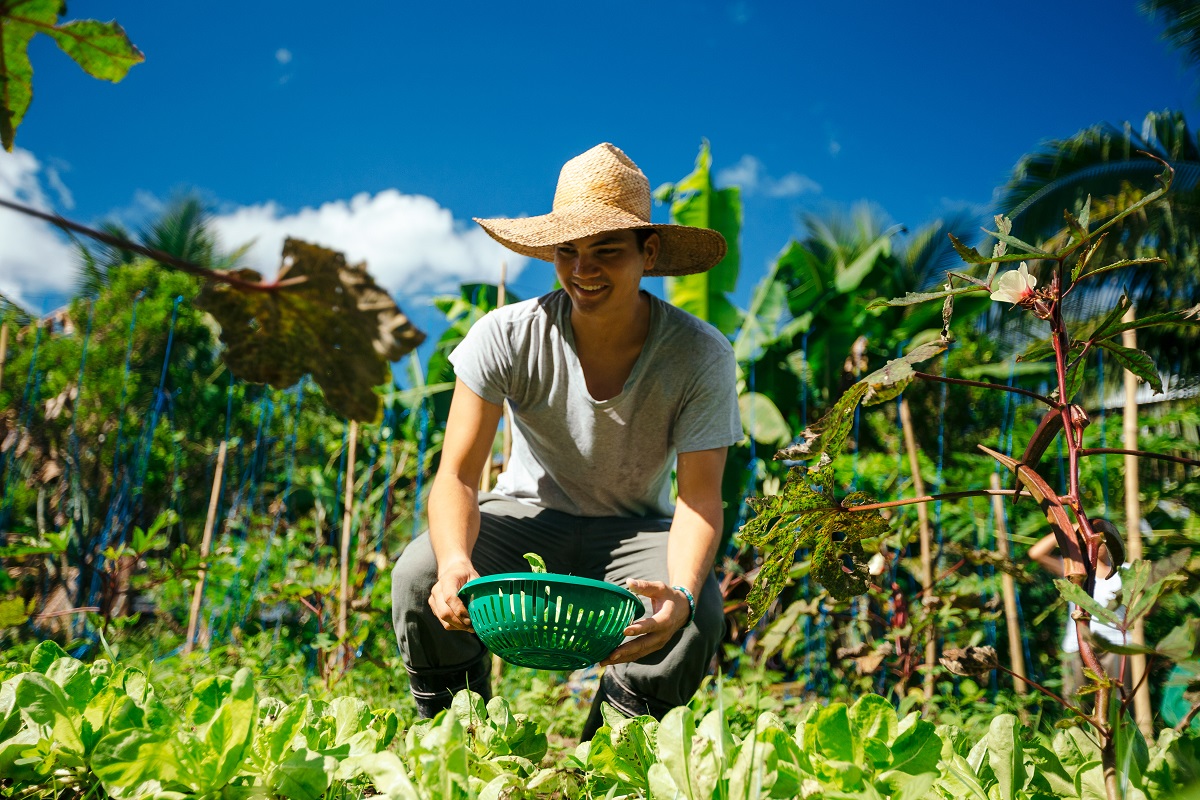
Pinga has a one-hectare farm in Laguna, which he rents. Here, he plants what he calls high-value, quick-turnover crops: different types of lettuce, arugula, four kinds of kale, tomatoes, and eggplants, depending on the season. “I also have culinary herbs like parsley and basil. Scattered along the property are fruit-bearing trees and shrubs such as different varieties of bananas, avocado, coconut, calamansi, and papayas. I try to make it diversified.” A globalization studies graduate, he was involved in a social enterprise before, one that encouraged urban farming in communities and houses. “The challenge was conditioning the mind of my parents, showing them models of organic farms that were already successful, and convincing them to be less afraid that I would be taking up this venture.”’

Unlike Dacones and Pinga, Tan does not do the farming herself. Instead, she is part of a group that empowers small farmers to plant organic produce by being a buyer and sharing the risks of farming with them. She describes their work as an advocacy that links the farmers to the buyers, where they buy a certain amount of organic produce at a given time, and then deliver these to subscribers who receive bayongs of vegetables, salad packs, or juice packs. Through grants and support from her partners, Good Food Community has grown to involve about 30 farmers in Tarlac, 20 farmers in La Trinidad, and another 20 in the Mountain Province in just five years. In 2016, they also started reaching out to indigenous communities such as the Aetas.
“We want to do away with the image of the old and poor farmer by showing them that farming is not dirty work. It can be cool, sexy, and humane,” says Raphael Dacones.
Did people think they were crazy to pursue this career path? “Nobody asked. It was my decision,” says Dacones. “I saw so much potential in what farming can be in the Philippines. And having land made me realize I can do this. They told me farming is for old people, for those who have retired. That didn’t stop me. When I first hung out at the farm, I wanted to be a farmer because I saw it as my way to help a lot of people.”
Opening farm gates

More than just making their own enterprises profitable, they are committed to seeing the “young farmers” group grow. “The thing with organic farming here is that it is a relatively new concept. What we have is a product of trial and error. Now, we are able to share what we have learned to other people in our age group-–the young college grads in the city, who have expressed their interest in farming as well.”
They are growing the pool of organic farmers too, by showing them that it is profitable to care for the environment because of the market demand. “For me, it is not just a business, it is more of a lifestyle,” says Dacones. “I feel that I can use my farm to be that voice for smaller farmers, while at the same time helping them.
Tan explains, “Our group takes off some of the pressure from them. The common scenario now is that they plant whatever the buyer tells them to plant even if it is not the best thing for their soil. We are offering them alternatives and incentivizing caring for the soil and the environment.”
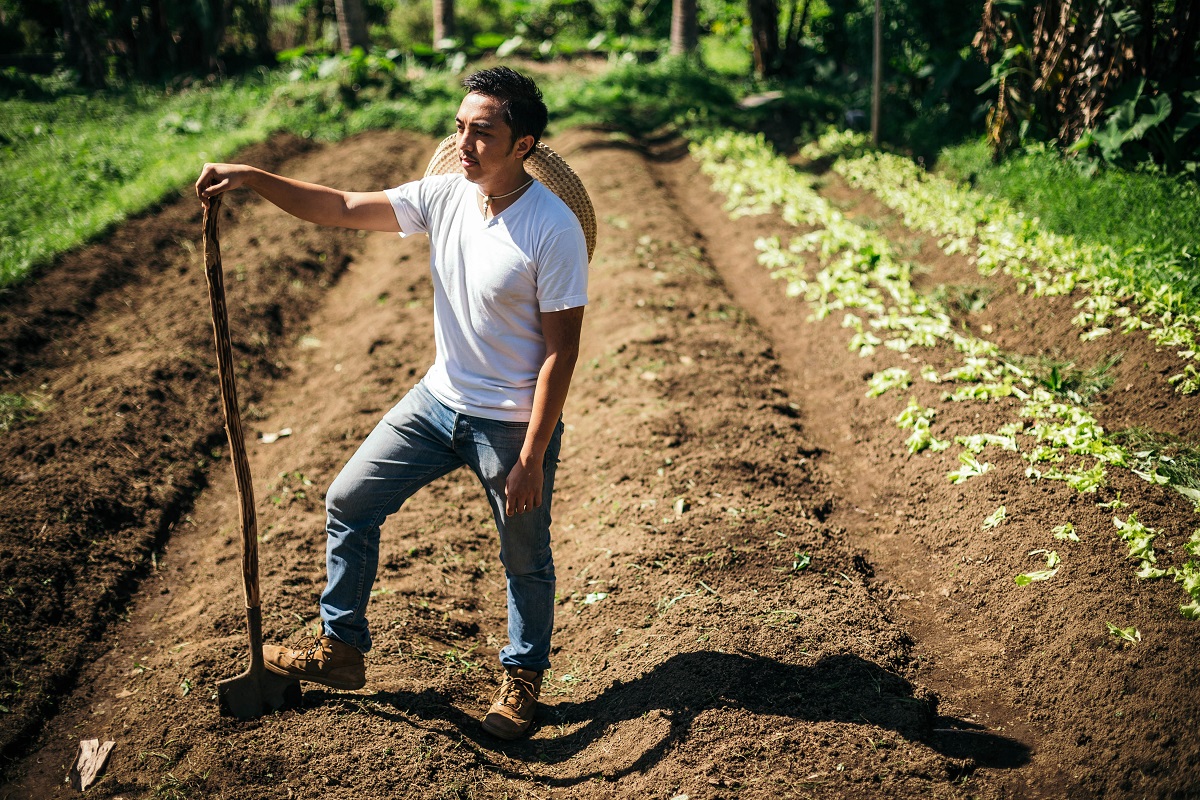
With awareness about the ill effects of modernized farming practices comes a big demand for healthier produce that does not inundate the body with chemicals from pesticides and fertilizers, notes Pinga. The demand is big but there is a shortage of supply. The use of chemicals is also a health issue for the farmers themselves who use little protection while they are exposed to crop chemicals. They also try to spread awareness about GMO crops, which may eventually cause heirloom produce to vanish.
Weeding out
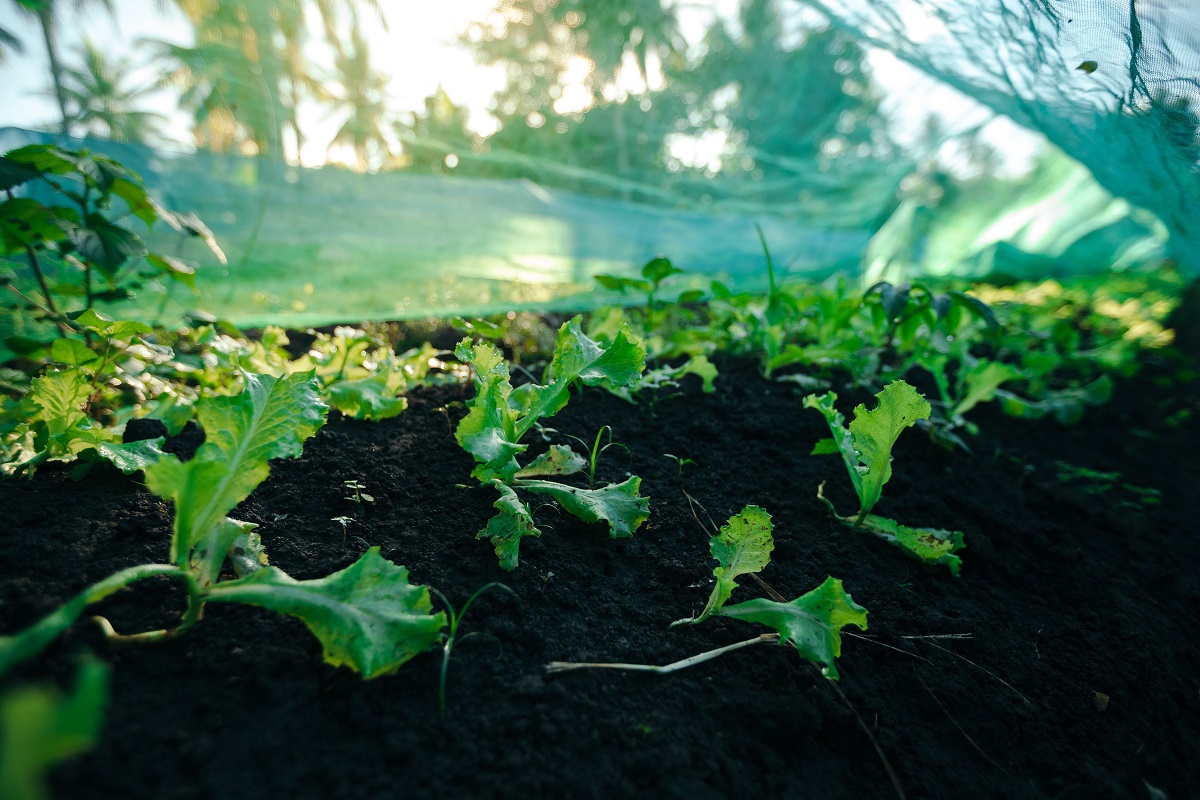
When asked about the challenges they face as farmers, they chuckle. “Where do we begin?” The first obvious reason given why Filipino farmers are poor is lack of government support. “This is true to an extent but that is not the main reason,” Pinga counters. “There is no paperwork. Since the farmers are mostly uneducated, they hesitate to go to a bank and make loans. Instead, they go to the middleman or loan sharks. Because of this debt, they are not the ones who progress. It is everyone else in between who makes the profit.”
There is also a lack of knowledge about the market and they plant according to the dictates of the middleman, who will buy their produce at the lowest prices. “This has created a cycle of poverty, which is also counterproductive as their children no longer wish to work on the farm because they see the seasons of hunger,” Dacones says.
“A lot of the work is to show that there is a different way of doing things. We need more people to see a future in this,” Tan explains.
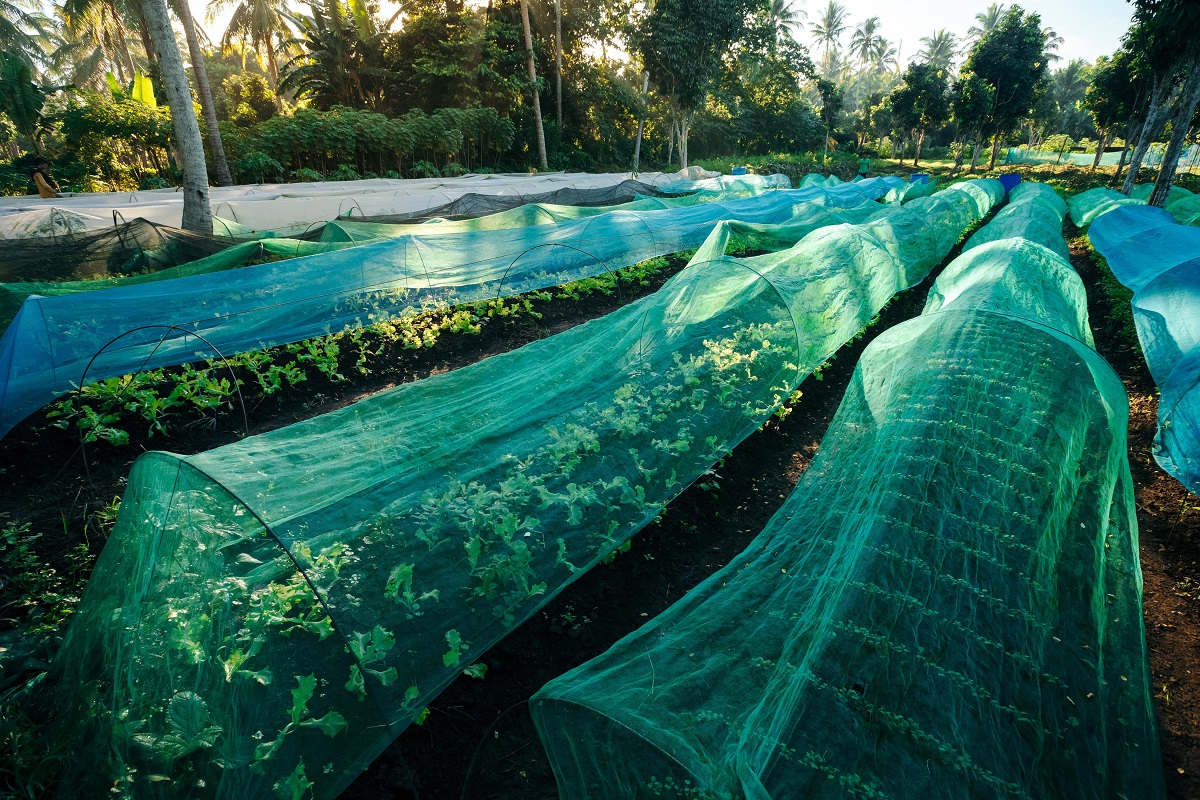
Pinga muses that their youth is an advantage. “We are from a different generation, one that is more connected and more informed. I think that helps us in determining our direction and our practices. Since we weren’t trained in agriculture, we are more open-minded. We are more willing to try different things.”
“There are less things to unlearn,” adds Dacones. “If we make a mistake, we can just go ‘oops!’” He himself started with a capital of P30,000. “I had no knowledge whatsoever. I just copied what I read and saw on YouTube. Then I saw the ants carrying away my seeds!” he hoots.
“I almost gave up until I had an uncle who has been into organic farming for 30 years help me out. This kind of help is what we are willing to share with other young farmers.”
Since they are working on the farm full-time, are they worried about what their generation would coin “fear of missing out?” Dacones puts it succinctly, “We see our peers on social media partying, which we don’t do since we are all now used to waking up even before sunrise, and we believe that they are the ones who are actually missing out.”
Originally published in F&B Report Vol. 14 No. 1





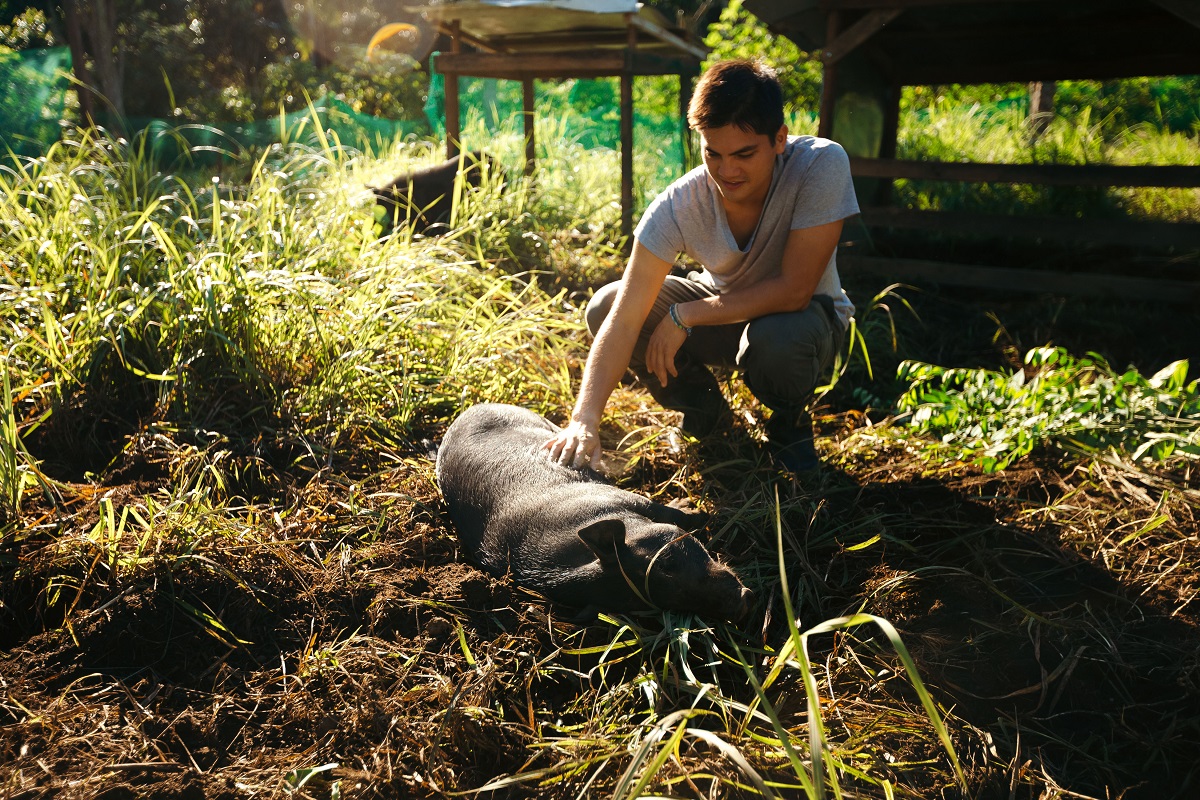
Good, informative article. It would be nice to see small scale, earth/human friendly organic agricultural movement replacing large scale agribusiness. Such a change would not only help save our planet but provide a healthy, vibrant livelihood for millions across the globe.